This post was suggested by today's previous post, Depth,
by Plato's Diamond, and by Rebecca Newberger Goldstein's
recent fanciful fiction about Plato.
Plato, Republic , Book II, Paul Shorey translation at Perseus—
“Consider,” [382a] said I; “would a god wish to deceive, or lie, by presenting in either word or action what is only appearance?” “I don’t know,” said he. “Don’t you know,” said I, “that the veritable lie, if the expression is permissible, is a thing that all gods and men abhor?” “What do you mean?” he said. “This,” said I, “that falsehood in the most vital part of themselves, and about their most vital concerns, is something that no one willingly accepts, but it is there above all that everyone fears it.” “I don’t understand yet either.” “That is because you suspect me of some grand meaning,” [382b] I said; “but what I mean is, that deception in the soul about realities, to have been deceived and to be blindly ignorant and to have and hold the falsehood there, is what all men would least of all accept, and it is in that case that they loathe it most of all.” “Quite so,” he said.
Related material —
A meditation from the Feast of St. Francis, 2012 —
A post from Sept. 30, 2012, the reported date of death
for British children's author Helen Nicoll —
The New Criterion on the death of Hilton Kramer —
This uncredited translation of Plato is, Google Books tells us,
by "Francis MacDonald Cornfield." The name is an error,
but the error is illuminating —










































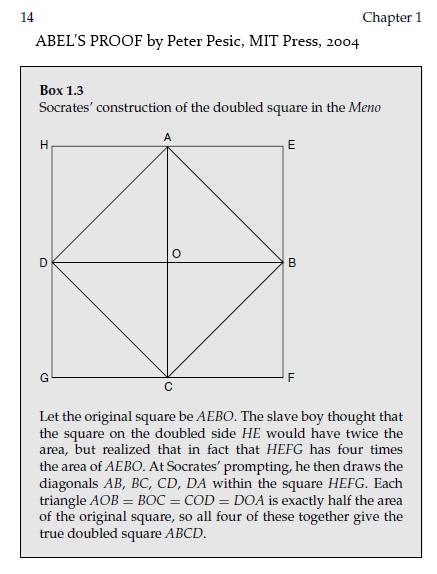

























 For Mira Sorvino, star of "Tarantella,"
For Mira Sorvino, star of "Tarantella,"






 \
\









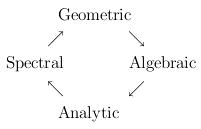


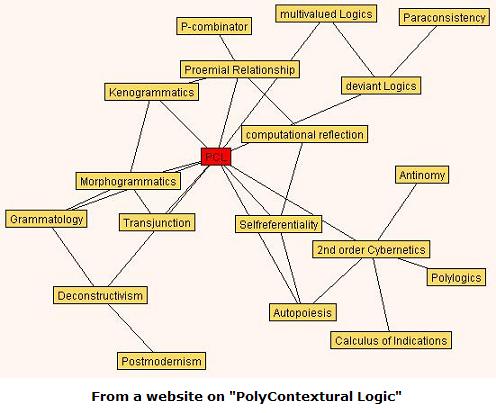











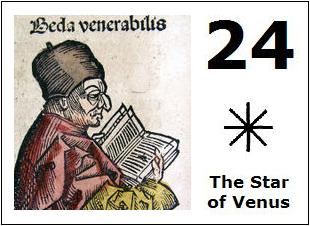

 doesn’t change, even if the idea one has about it may change.’ ( p. 263). This claim, referring to a ‘crescendo of absurdity’ in Sokal’s original hoax in Social Text, is criticized by anthropologist Joan Fujimura, in an article translated for IS*. Most of Fujimura’s article consists of an astonishingly bland account of the history of non-euclidean geometry, in which she points out that the ratio of the circumference to the diameter depends on the metric. Sokal and Bricmont know this, and Fujimura’s remarks are about as helpful as FN’s** referral of Quine’s readers to Hume (p. 70). Anyway, Sokal explicitly referred to “Euclid’s pi”, presumably to avoid trivial objections like Fujimura’s — wasted effort on both sides.32 If one insists on making trivial objections, one might recall that the theorem
doesn’t change, even if the idea one has about it may change.’ ( p. 263). This claim, referring to a ‘crescendo of absurdity’ in Sokal’s original hoax in Social Text, is criticized by anthropologist Joan Fujimura, in an article translated for IS*. Most of Fujimura’s article consists of an astonishingly bland account of the history of non-euclidean geometry, in which she points out that the ratio of the circumference to the diameter depends on the metric. Sokal and Bricmont know this, and Fujimura’s remarks are about as helpful as FN’s** referral of Quine’s readers to Hume (p. 70). Anyway, Sokal explicitly referred to “Euclid’s pi”, presumably to avoid trivial objections like Fujimura’s — wasted effort on both sides.32 If one insists on making trivial objections, one might recall that the theorem




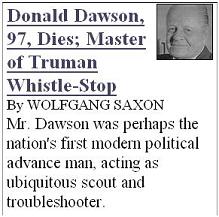




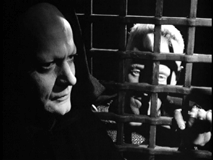
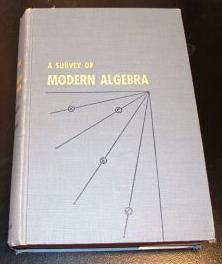









 The Triangle (TRIKONA)
The Triangle (TRIKONA)












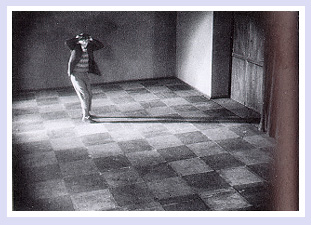
 ndrew Forge, a painter, critic, teacher and former dean of painting at the Yale School of Art, died on Wednesday [Sept. 4] in New Milford, Conn. He was 78…
ndrew Forge, a painter, critic, teacher and former dean of painting at the Yale School of Art, died on Wednesday [Sept. 4] in New Milford, Conn. He was 78… 